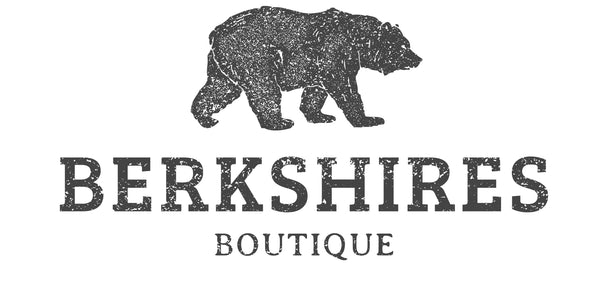
Planting Native Plants to Help Wildlife Thrive This Spring
Share
Spring has arrived in the Berkshires, and nature is bursting with new life, from the lush greens of budding trees to the cheerful melodies of songbirds. As the outdoors beckons, there's no better time to roll up our sleeves, get our hands in the soil, and plant native flora to help wildlife thrive. At Berkshires Boutique, we believe in the power of native plants to transform gardens into vibrant habitats, providing vital support to local wildlife and fostering a more sustainable environment.
Why Native Plants Matter
Native plants are naturally suited to the local environment, making them hardy, low-maintenance, and perfectly adapted to the region’s climate and soil. They provide a crucial food source and habitat for native wildlife, including birds, butterflies, bees, and other pollinators. By planting native species, we can help create a thriving ecosystem that supports biodiversity and nurtures the intricate relationships between plants and wildlife.
The Essentials for Planting Native Plants
1. Choose the Right Plants: Before planting, it's essential to select the right native species that match your garden's conditions. Consider factors like sunlight, soil type, and moisture levels. In the Berkshires, popular natives include bee balm, cardinal flower, and black-eyed susans.
2. Prepare the Soil: Good soil preparation is the foundation of a healthy garden. Clear the area of weeds and debris, and add organic matter like compost to improve soil fertility and structure.
3. Plant with Care: Plant your native species following their specific needs for spacing and depth. Water them thoroughly after planting, ensuring the soil around the roots is well-hydrated.
4. Mulch and Water Wisely: Adding a layer of mulch around your plants helps retain moisture, regulate soil temperature, and suppress weeds. Water deeply but infrequently, ensuring the soil dries out between watering sessions.
Benefits of Planting Native Plants
1. Supports Local Wildlife: Native plants attract and support native wildlife, providing essential food and shelter for a variety of species.
2. Low Maintenance: Because they are adapted to local conditions, native plants require less water, fertilizers, and pesticides, making them easier to maintain.
3. Preserves Biodiversity: Planting native species helps preserve the unique biodiversity of our region, ensuring the survival of local plant and animal species.
Gardening in Style
To help you garden in style, Berkshires Boutique has launched a new collection of gardening shirts. These long-sleeve, UV-protective shirts are designed to keep you comfortable while you dig, plant, and prune. With fun prints inspired by nature, including flowers, trees, and wildlife, you can express your love for the outdoors while staying protected from the sun.
Join Us in Making a Difference
This spring, join us in creating a welcoming haven for local wildlife by planting native plants in your garden. Together, we can help nurture the beauty of the Berkshires and inspire a more sustainable relationship with the natural world.
#HappyGardening #NativePlants #BerkshiresWildlife
